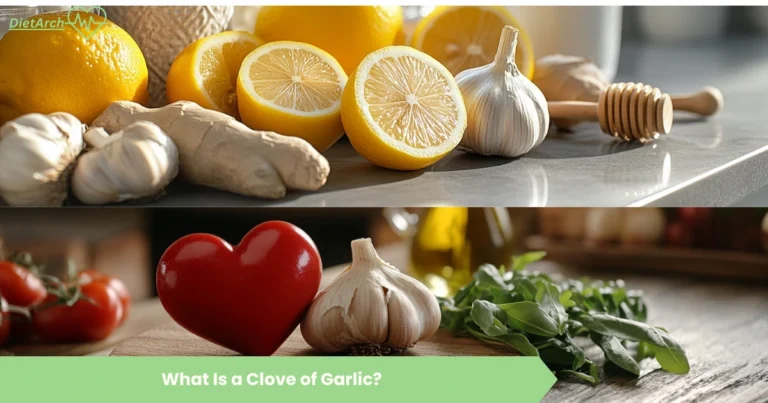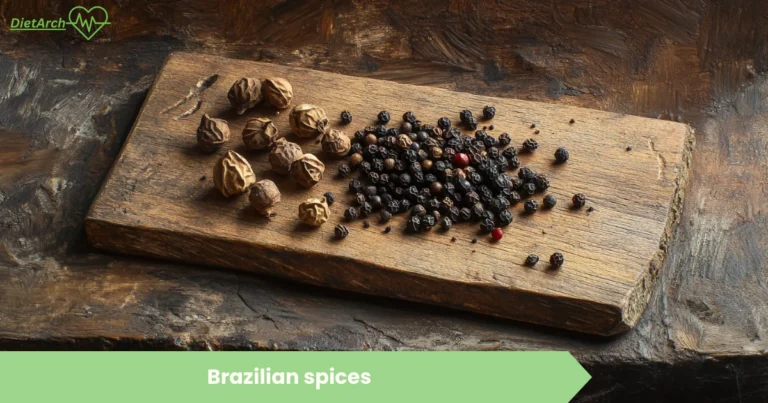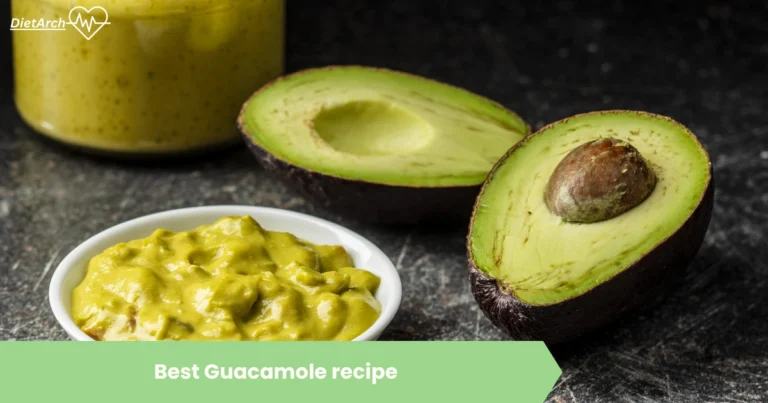Za’atar Spices: Essential recipe for Flavor and health
Za’atar spices are a classic Middle Eastern blend—a mix of dried herbs, sesame seeds, sumac, and salt. Usually, you will find oregano, thyme, marjoram, and sumac spice in the mix, and these give za’atar its tangy, nutty, and herbal punch that just works in all sorts of dishes.
People have used this simple combo for centuries to bring depth and aroma to breads, meats, and veggies.
Most folks sprinkle za’atar on flatbreads, top off labneh or hummus with it, or just toss it over roasted vegetables. Its flavor lifts both everyday meals and special recipes, so it’s no wonder this blend is popular way beyond its home region.
Key Takeaways
Once you know what’s inside za’atar spices, it’s hard not to want to try it out in your cooking.
What Are Za’atar Spices?
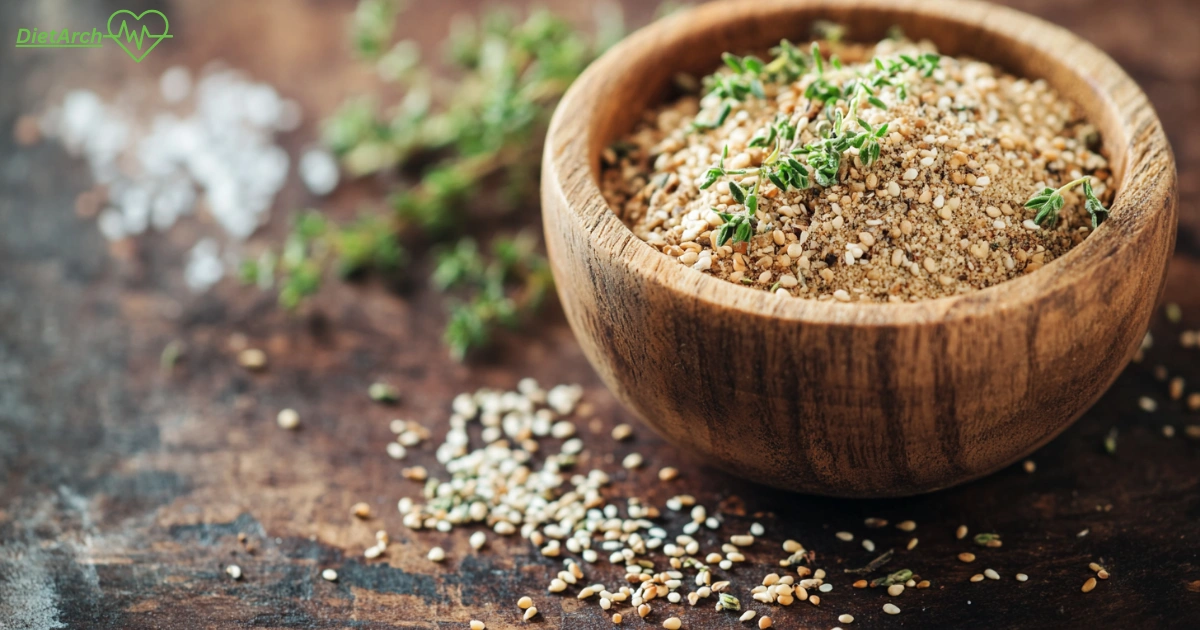
Za’atar spices are a traditional herb and spice blend that’s everywhere across the Middle East. You get a mix of dried herbs, sesame seeds, and sharp, tangy notes that make a seasoning known for being earthy, tangy, and, honestly, kind of addictive. The exact recipe depends on where you are or who’s making it, but the basics pretty much stay the same.
Recipe to make Za’atar spices
Origins and Regional Varieties
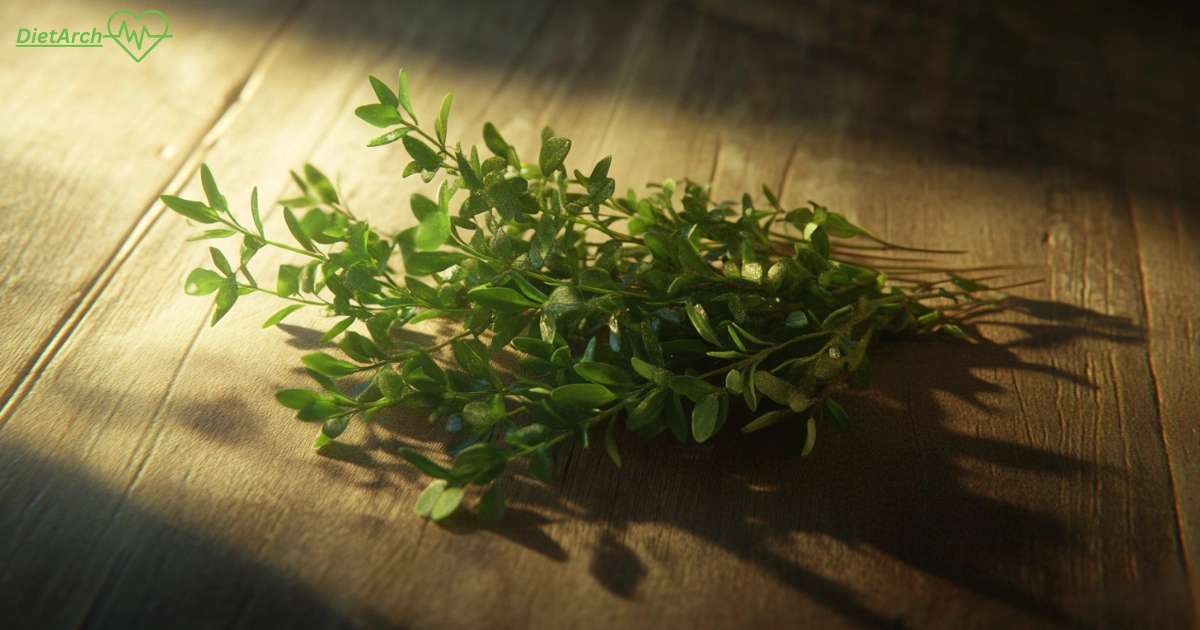
Za’atar—sometimes spelled zatr or zahtar—has deep roots in Middle Eastern food culture. It’s especially big in Lebanon, Syria, Israel, Palestine, and Jordan. Each country, or even family, tweaks the blend a little—maybe more thyme here, more hyssop there.
Some people go heavy on wild thyme or oregano, while others toss in more marjoram or even hyssop. You will find salt in most blends, sometimes sea salt, sometimes kosher, just to bring out the flavors. The word “zaatar” can mean the wild thyme herb itself or the spice blend, which gets confusing if you’re not used to it.
Because of these little changes, zaatar blends can taste pretty different from place to place, but they all keep that herbal, nutty, tangy vibe that makes zaatar stand out.
Main Ingredients of Za’atar spices
Zaatar’s main players are
You will usually see thyme, oregano, marjoram, and sometimes hyssop in the mix, which gives zaatar its woodsy, almost floral notes.
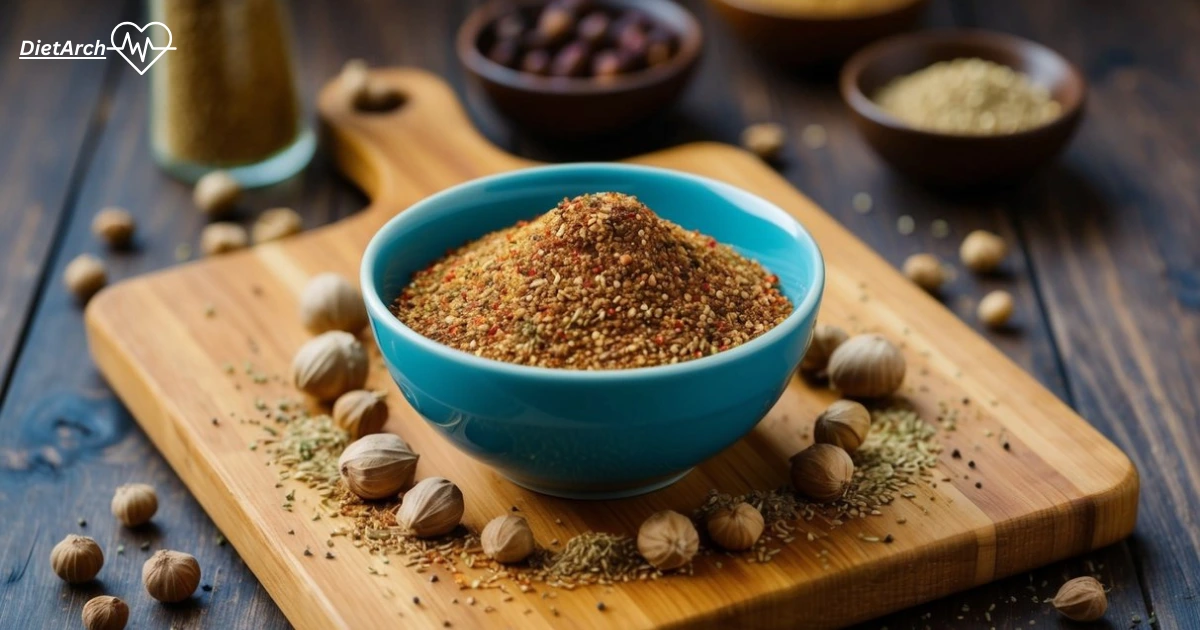
Toasted sesame seeds add a nutty crunch, and their natural oils round out the flavor.
Sumac—made from crushed Rhus coriaria berries—brings in a sharp, tangy kick. Salt ties it all together and helps it keep longer, too.
Here’s a quick look at what goes into basic za’atar spices:
Ingredient | Role |
Dried thyme/oregano | Base herbal flavor (woodsy, floral) |
Ground sumac | Tangy, acidic notes |
Toasted sesame seeds | Nutty flavor and texture |
Salt (sea/kosher) | Enhances flavor |
How to Use Za’atar Spices in Cooking
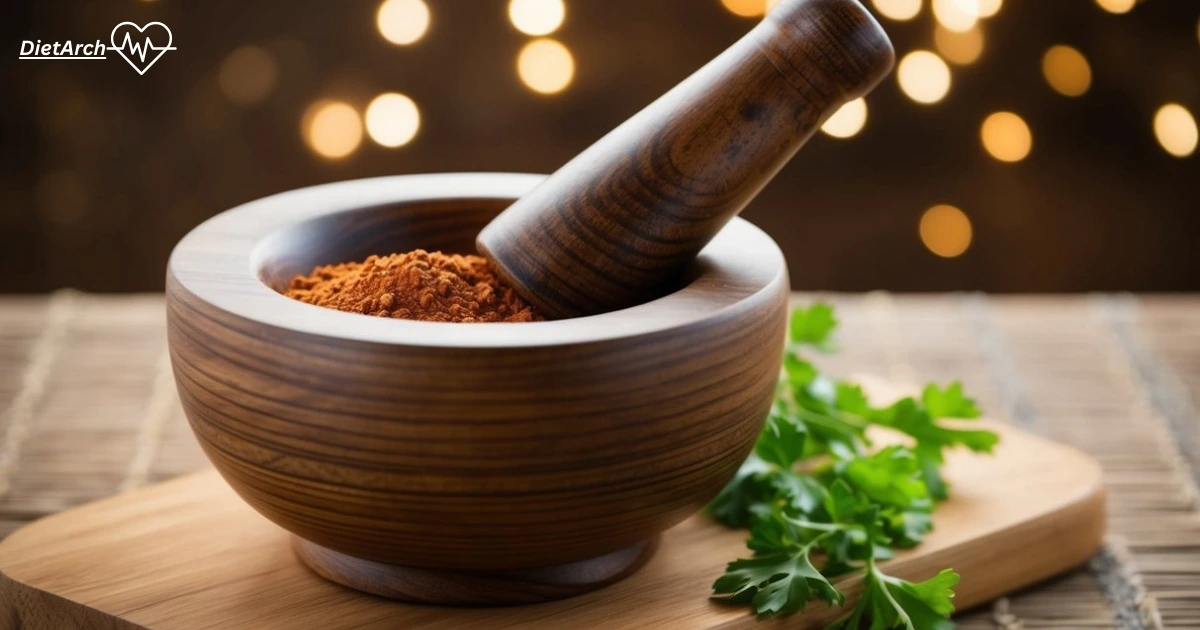
Za’atar shines when you pair it with olive oil and fresh ingredients. You can toast it, sprinkle it, or mix it into all sorts of foods. It brings a lemony, nutty, herbal kick. If you store it right and use it fresh, you’ll keep that punchy flavor and aroma.
Traditional Culinary Uses of za’atar spices
People often mix homemade za’atar with olive oil to make a spread for flatbread or pita.
Modern Recipes and Pairings
These days, you will find za’atar spices in all kinds of dishes, not just the traditional stuff. People mix it into marinades for chicken, lamb, or fish—the herbs and sumac spices brighten up the meat. It even appears in smoothie bowls, creamy pasta, or roasted veggie salads. Why not?
Chefs like to blend za’atar with lemon juice, fresh herbs, and cumin for all-purpose dressings. Zaatar-crusted pizza and za’atar-seasoned crackers? Yeah, those are a thing now. Using a spice grinder or mortar and pestle, you’ll wake up the aroma and get the most out of the spices.
Click to learn the best Briyani recipe.
Key Flavors and Aromas
Homemade Za’atar tastes herbal, tangy, and nutty all at once. The dried thyme or wild thyme brings an earthy, slightly minty smell. Sumac spices give it a bright, lemony sourness that cuts through the richness of the sesame seeds.
Toasted sesame seeds add a warm, almost smoky nuttiness. Salt boosts all these flavors without taking over.
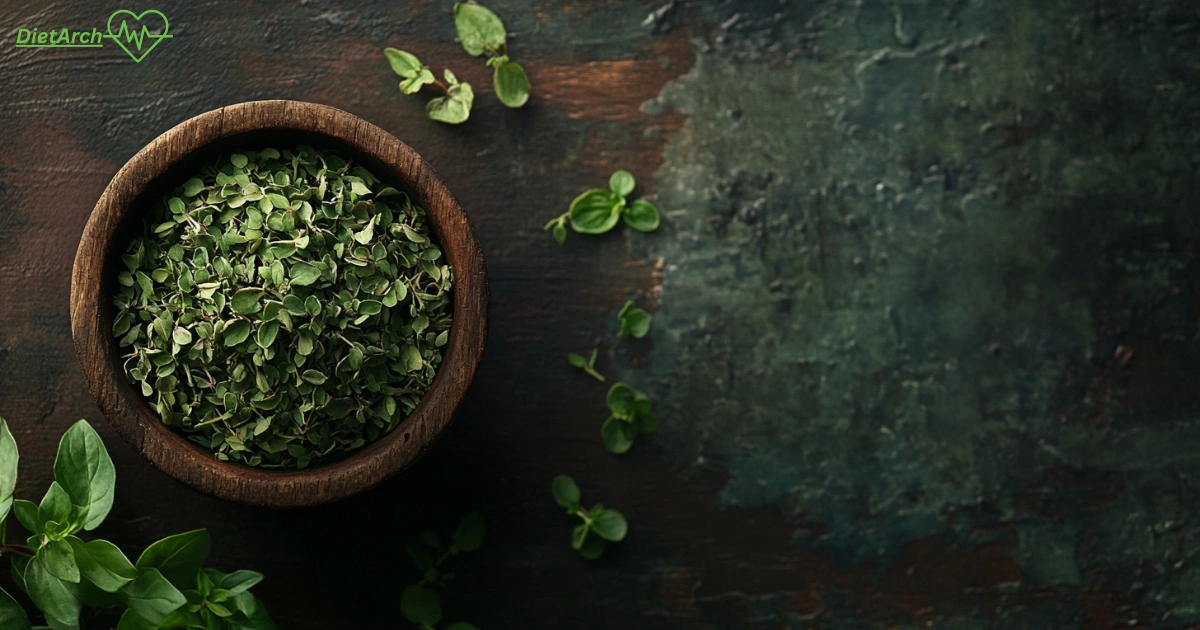
When you smell or taste zaatar, you get a fresh, lively scent—wild herbs, a bit of citrus. That’s why it works so well as a seasoning for breads, meats, veggies, and dips.
Its unique flavor really comes from the mix of herbs and spices that grow all over the Middle East. It’s hard not to be curious about what else you could try it on, honestly.
Preparation and Storage Tips
If you want za’atar to taste its best, try toasting it lightly before you use it. Toasting really brings out that nutty flavor from the sesame seeds and makes the spices pop. Just stash it in an airtight container somewhere cool and out of the sun—otherwise, the oils can go bad way too fast.
I like to grind za’atar fresh with a mortar and pestle right before cooking. It keeps all those herbal oils intact and way more fragrant.
Try to keep it away from any moisture, since that’ll make it clump up. As long as you store it cool and dry, za’atar sticks around longer and keeps that perfect mix of herbs, sumac, and sesame seeds that makes it taste so real.
Health benefits of Za’atar spices:
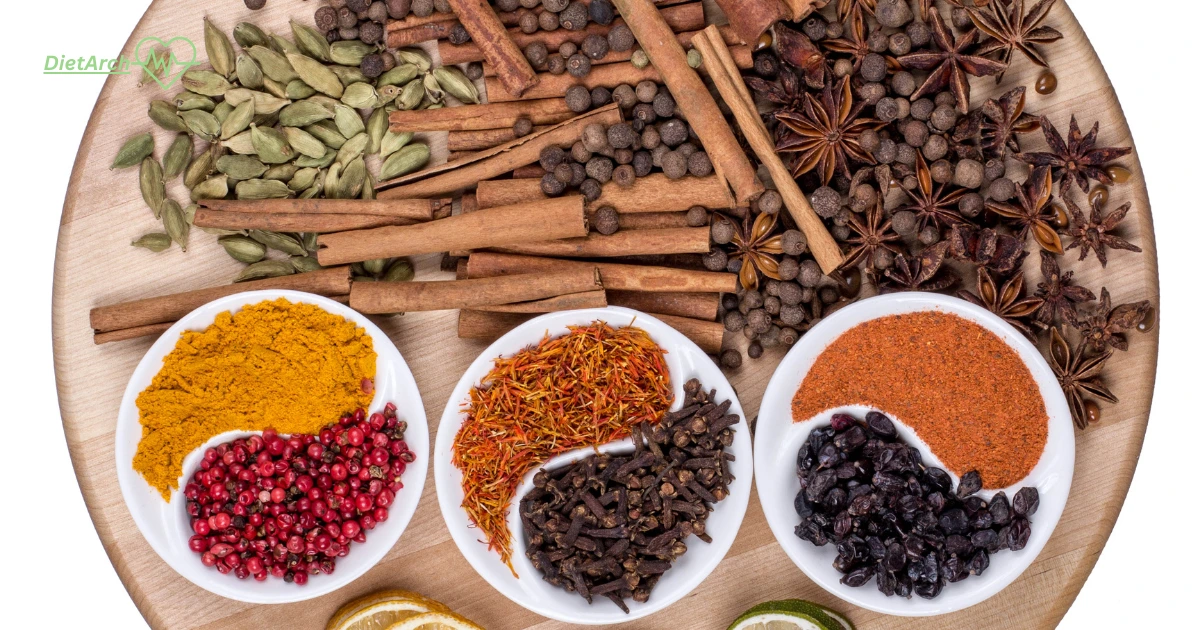
Antioxidant & Anti-Inflammatory
Za’atar, a mix of sumac, thyme, and oregano, is packed with polyphenols that scavenge free radicals and help reduce chronic inflammation.
Digestive Health
Its bioactive compounds support a balanced gut microbiome, strengthen the intestinal barrier, and can ease bloating or constipation.
Cognitive Support
Thymol and carvacrol—the key essential oils in oregano and thyme—enhance cerebral blood flow and may protect against age-related memory decline.
Cardiovascular & Metabolic Benefits
Flavonoids in sumac spices and anti-inflammatory oils in oregano help regulate blood sugar, improve lipid profiles, and support overall heart health.
Nutritional Boost
Sesame seeds in za’atar contribute heart-healthy fats, dietary fiber, and essential minerals like calcium and magnesium.
Traditional Uses
For centuries, Mediterranean healers prescribed za’atar for colds, digestive complaints, and general vitality, underscoring its dual role as food and folk medicine.
In essence:
Za’atar spices not only enhance the flavor of food but also give health benefits. It is a perfect choice for taste and health.


